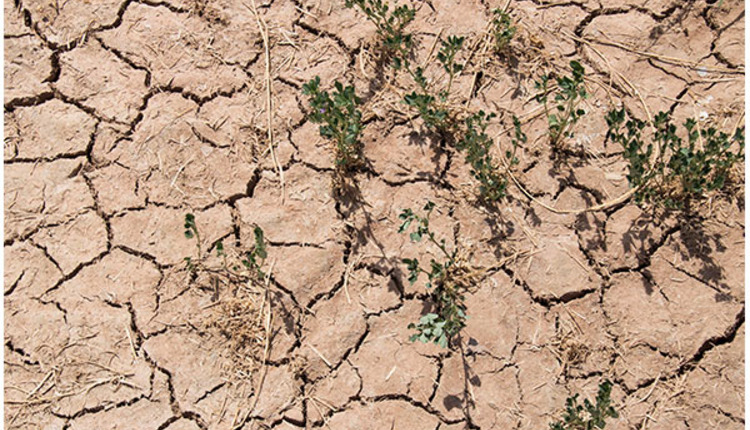
The total impact of the drought (version 2015) was recently quantified in a report released by the University of California-Davis Center for Watershed Sciences. The study evaluates the current situation, compares 2015 to 2014, and looks ahead as to what may happen in the future if drought conditions persist.
1. Surface water shortages of nearly 8.7 million acre-feet will be mostly offset by increased groundwater pumping of 6 million acre-feet. Groundwater offsets almost 70 percent of the drought surface water shortage. Most of water shortages will be in the Central Valley.
2. Net water shortage of 2.7 million acre-feet will cause 540,000 acres to be fallowed in 2015, 114,000 acres more than in 2014. Most fallowed land is in the Tulare Basin.
3. The direct costs of drought to agriculture will be $1.84 billion for 2015 and 10,100 direct seasonal jobs. When multiplier effects are considered, the total economic sector impact will be as high as $2.74 billion and potentially 21,000 jobs statewide.
4. The effects of continued drought through 2017 based on continued 2015 water supplies may be 6 percent worse than 2015, with net water shortage increasing to 2.9 million acre-feet per year. Gradual loss of groundwater pumping capacity and water elevations will add to the incremental costs of a prolonged drought.
5. Increased groundwater overdraft during drought will slowly deplete groundwater reserves at an incremental cost. New groundwater regulations could eventually reverse this trend and force groundwater basins towards sustainable yields, at the expense of some increased fallowing or longer crop rotations by preserving California’s ability to support more profitable permanent and vegetable crops through drought.

